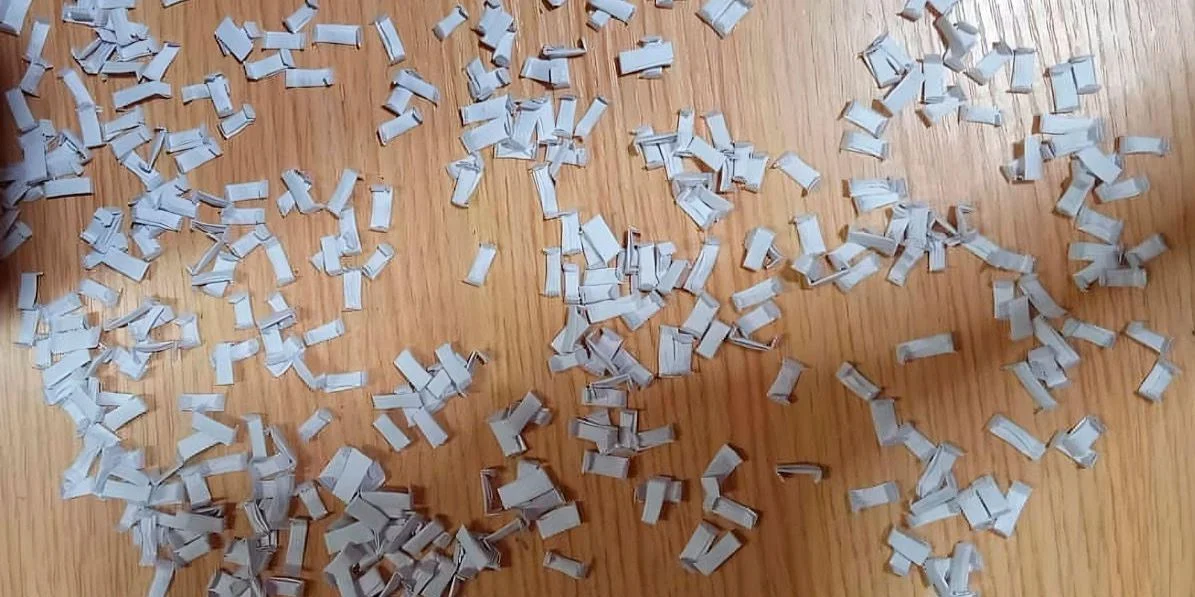
Official Cuban Press Admits Rise of «El Químico»: A Cheap, Addictive, and Deadly Drug
- Cuba
- mayo 31, 2025
- No Comment
- 60
MIAMI, United States — The official Cuban outlet Cubadebate published an extensive report on May 12th that openly acknowledges the rapid spread of “el químico,” a highly addictive synthetic cannabinoid that is being widely consumed in several Cuban provinces. Its circulation has already led to hospitalizations, legal proceedings, and at least one seven-year prison sentence.
Although the Ministry of the Interior (MININT, by its Spanish acronym) claims the phenomenon is “under control,” the official publication reports a growing presence of the drug among teenagers and young adults, particularly in impoverished neighborhoods of Sancti Spíritus, such as La Ranfla, in the Kilo-12 district.
“It’s just a handful of grams, but enough to poison dozens,” Lieutenant Colonel Iván Ruiz Mata, head of the provincial Specialized Anti-Drug Enforcement Unit (UEEA, bu its Spanish acronym), told Cubadebate. The official acknowledged that the drug “has been on the rise” for the past two years due to its low cost and ease of distribution.
A Drug for the Poor
As CubaNet warned in a previous report, “el químico” has become the most accessible substance for consumption on the Island. One single dose costs between 150 and 300 Cuban pesos — less than a pound of sugar — and its effects, which last between 10 and 40 minutes, lead users to consume it repeatedly, causing addiction in a short time.
“El químico is what’s left for the poor,” said Josué, a 23-year-old from Havana interviewed by this outlet in January 2024. “With what you pay for a tiny bag of marijuana, you can get almost 20 doses of químico,” he added.
Cubadebate’s report now admits what was downplayed for months: that the drug circulates with ease, it is produced outside the country and is transported inland using interprovincial routes and improvised methods. “The drug that now enters Sancti Spíritus comes almost entirely from the nation’s capital,” confirmed Ruiz Mata.
For the first time, the official press includes testimonies from users and affected family members. Javier, 24, shared that el químico stole a year of his life: “It left me without money, without dignity. I became violent with my wife. My happiness depended on the drug. If I didn’t have it, I’d lose my mind.”
Kenia, 23, was arrested with more than 400 doses of the substance on her and was sentenced in March to seven years in prison. “My mother ended up hospitalized, and my father nearly had a heart attack. No one ever imagined their daughter would be behind bars for such a serious crime,” she told the outlet from prison.
Authorities acknowledge that 90% of people who try the drug once end up using it again. “Across the country and in the province, we already have reports of people hospitalized due to overdoses,” confirmed Captain Leidy Laura Aragón Hernández, a forensic expert from the Criminalistics Laboratory.
According to her, “just a 0.5 cm² dose of drug-soaked paper can cause intense tachycardia, high blood pressure, psychotic episodes, and uninhibited behaviors, such as undressing in public.”
El químico contains a mix of dangerous substances, including carbamazepine, benzodiazepines, formaldehyde, animal anesthetics, fentanyl, and phenobarbital, dissolved in oregano or applied to paper. There are no preparation standards, meaning each batch can be more toxic than the last.
A Rise in Criminal Proceedings
The Chief Prosecutor for Criminal Proceedings in Sancti Spíritus, Yoan Leonel Pereira Bernal, reported that in the first quarter of 2025, five legal cases were opened for drug trafficking, compared to only one in the same period of 2024. “Most of those involved are between 18 and 35 years old,” he said.
Pereira made it clear that mere consumption is not punishable, but he warned about “shared consumption,” where those who distribute the drug among friends could be prosecuted for trafficking.
Penalties for drug trafficking, production, or importation range from 4 to 30 years in prison. The most serious cases — or those involving minors — result in harsher criminal consequences for the accused.
Although education authorities deny drug use in schools, they do acknowledge that several minors are involved with the phenomenon outside the classroom.
“We’ve had cases in junior high school linked to drug use,” admitted Andrei Armas Bravo, the provincial director of Education.
The Ministry of Education has activated Resolution 15/2019 to strengthen prevention efforts through workshops, community activities, and family involvement. Even so, Armas Bravo emphasized, “We can’t afford to be complacent. Working with parents is key.”
With its report, Cubadebate acknowledges for the first time the real and growing impact of el químico, a drug whose effects are already visible in neighborhoods, hospitals, and courtrooms across the country. In contrast to its usual triumphalist rhetoric, the outlet admits that the phenomenon is far from marginal and even involves young people who, until recently, were largely untouched by drug use.
The article also indirectly points to a failure of prevention policies, in a context of economic, migratory, and social crisis.
Recibe la información de CubaNet en tu celular a través de WhatsApp. Envíanos un mensaje con la palabra “CUBA” al teléfono +1 (786) 316-2072, también puedes suscribirte a nuestro boletín electrónico dando click aquí.





